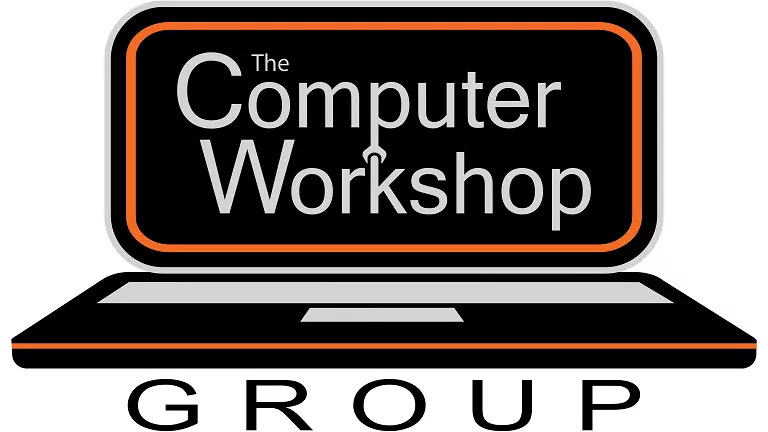The PCs you choose to power your small business can dramatically impact your company’s productivity and competitiveness. However, many small businesses fall for common myths about computers, leading to poor purchasing decisions. Here are four myths about PCs – and realities to help you make smarter technology decisions for your business.
Myth 1: Consumer PCs are interchangeable with business PCs:
Reality: Because they’re built for activities like watching videos, checking email, and surfing the web, PCs for the consumer market will not always have the computing power or security features sophisticated business applications demand. If a family laptop reluctantly boots up or crashes, it’s annoying, but not serious.
For a business, however, computers are mission-critical. Employees are more likely to run multiple applications simultaneously, use resource-heavy applications or use the software as a service (SaaS). PCs built for consumers often lack the computing power to handle these tasks – resulting in lost productivity.
Myth 2: RAM is the top factor in computer performance:
Reality: Adding more “random access memory” usually allows a computer to manage more data. But RAM alone won’t improve a computer’s performance – unless the PC has enough processing power. To make a PC faster and more efficient, you need a powerful central processing unit to optimise the RAM. While RAM is the memory, the CPU (or processor) is the computer’s “brain,” receiving instructions, performing calculations, and processing information. To run today’s resource-intensive business software efficiently, look for computers with plenty of RAM, processing power, and an SSD.
Myth 3: You can wait until PCs fail before replacing them:
Reality: Long before a PC fails, its performance may suffer, costing your business time and money. Waiting for an older PC to start up every day can waste up to 11 hours a year. Crashing, freezing or slow computers can keep your employees from working efficiently and may appear unprofessional to customers or clients. Sluggish, malfunctioning PCs can reduce employee satisfaction, as workers become frustrated with outdated technology.
Don’t wait until your business PCs slow to a crawl before upgrading. Be proactive. Look for hardware that exceeds your software vendor’s recommended system requirements. This will help ensure your PCs can handle future software upgrades. Then set a regular schedule for upgrading your hardware.
Myth 4: You’re saving money by repairing old PCs:
Reality: Repairing or adding RAM to squeeze more life out of older computers may seem economical. But the cost of keeping older PCs running quickly adds up. According to records, repairing breakdowns of a five-year-old computer costs on average over $600 per repair. Besides losing productivity during breakdowns and repairs, older computers are also slower.
Blindly accepting myths about PCs can be expensive for your small business. Upgrading to more powerful computers can optimise the performance of your business software, enhance your cybersecurity and boost employee productivity. The next time you’re making decisions about computer purchases, be sure you base your actions on reality. Then choose the right PCs to make your business more competitive.
